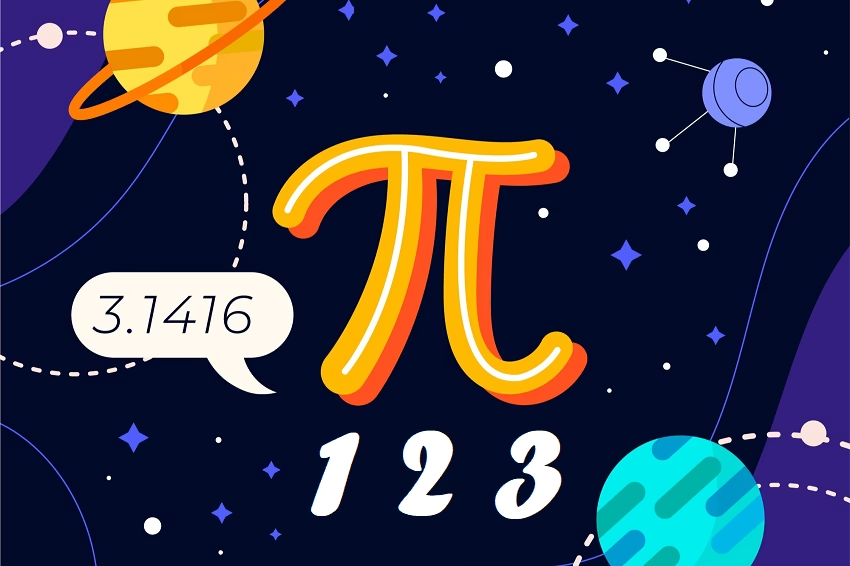Mathematics is only a numerical game. A number is an arithmetical value that can be an item, a word, or a symbol representing an amount and has various applications in counting, measuring labeling and other areas. All integers, whole numbers, complex numbers, and real numbers are all examples of numbers.
We can also further divide the natural numbers into Rational or Irrational numbers. When we talk about rational numbers, we mean that they are integers that can express as a/b. In this case, both the nominator term and the denominator term are integers. While the Irrational numbers are different, we cannot write them as a fraction.
We will discover rational and irrational numbers and their instances, the distinction between irrational and rational numbers, and more in this post. Let’s begin!
Rational and Irrational Numbers: A Quick Overview
Both rational and irrational numbers are real numbers, but they have different features. Let’s look at several samples and see what the differences are.
Rational Numbers
Numbers that may state as a fraction and positive, negative, and zero are known as rational numbers. It may express as a/b where b is not zero.
The expression rational is the almost same meaning as “proportion,” which looks at least two amounts or number numbers and is otherwise called a small portion. It is the ratio of two numbers in simple terms.
A rational number’s denominator is a natural number (a non-zero number). Rational numbers include integers, fractions, finite decimals, and so on.
Irrational Numbers
We can say that Irrational are figures that are not a rational number. Let us clarify: irrational numbers may represent decimals but not fractions, implying they can’t state as a ratio of two integers.
Pi is the best communal illustration of an irrational number. A surd is a non-perfect squared or cube that cannot further reduce by removing the square or cube root. Just after the decimal, irrational numerals have an infinite amount of non-repeating digits.
Use of Online Calculator for Calculation Rational or Irrational Numbers
Although these numbers are easy to find manually by practicing for some time, all these mathematics problems can solve only with one click with the advent of modern technology. Online calculators are also available for solving rational and Irrational numbers problems.
Calculatorschool.com provides one such type of calculator. Rational and Irrational calculator by calculator school is the best for solving mathematics problems of this type.
Rational or Irrational Number Calculator
We looked at comments from various sources and discovered that this website had a lot of positive feedback. Calculatorschool.com also looks to be a well-managed and trustworthy site, as seen by several excellent evaluations.
This rational number calculator by CalculatorSchool is an electronic calculation that measures whether or not a specific set is rational. Verifying a fraction, index value, and number in the case of a root value requires a numerator and denominator.
The rational or irrational checker reveals the simplified value of a given fraction and determines whether it is reasonable or illogical.
To suggest a number using a rational or irrational calculator, choose the operator and enter the relevant values.
Difference between Rational and Irrational Numbers
| RATIONAL NUMBERS | IRRATIONAL NUMBERS |
| Rational numbers are those that can communicate as a proportion of twofold factors, i.e. In the form of x/z | An irrational quantity is one that cannot be expressed as a proportion of two numbers, i.e. in the form of x/z . |
| Only a few decimals are limited and repeating in nature, including in the rational number. | All nonterminating or non-repeating numbers view as irrational numbers in presence. |
| Figures that are perfect squares, such as 4, 9, 16, 25, and so on, make up rational numbers. | Surds like 2, 3, 5, 7, and so on makeup Irrational Numbers. |
| The numerator and denominator of rational numbers would be whole numbers, and the denominator of rational numbers is not 0. | Fractional representations of irrational numbers are impossible. |
Some Interesting Facts
- If you apply any mathematical functions on a rational and an irrational number, the outcome is irrational.
- When you add an irrational number to a rational number, you get an irrational number.
- An irrational number is a discrepancy between rational and irrational numbers.
- If one and only one of the numbers is irrational, the sum of the two numbers is irrational.
Instances from Real Life
Irrational numbers are primarily employed in mathematics, although they can also apply in real-life situations. Irrational numbers allow us to build theories that include essential ideas like derivatives, integrals, various analytical geometry conclusions, and trigonometry rules, among others. These theories apply to real-world issues.
Some instances of real-life situations where rational numbers can use include:
- Taxes can also express as a fraction.
- When the entire pizza divides into two or more sections.
- When you’ve finished half of your risk, such as 50 per cent of the job.
- Hockey players symbolize their scores with rational numbers.






